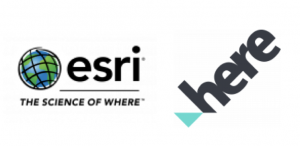Community and location play a role in a person’s health. Access to health not only impacts the person but the entire community. The truth is that where you live (and have lived) affects how healthy you are, and how healthy you can be.
Geographic information systems, or GIS, can help community leaders and organizations – from policymakers to nonprofits to health professionals and more – understand what health inequities exist in their communities by mapping, analyzing and presenting this data in order to create change at all levels.
To better understand the part GIS plays in helping communities move toward health equity for all residents, GovLoop partnered with Esri, a leader in GIS, and HERE Technologies, the Open Location Platform company, for this industry perspective. In the following pages, we’ll learn what GIS is and why it should matter to all governments, how to achieve inter-departmental collaboration and move to working with nonprofits and leaders in the community and how you can use GIS to amplify your strategy and make the most of limited resources when combating health inequities. This report was informed by Esri thought leaders and government experts in the health arena.






